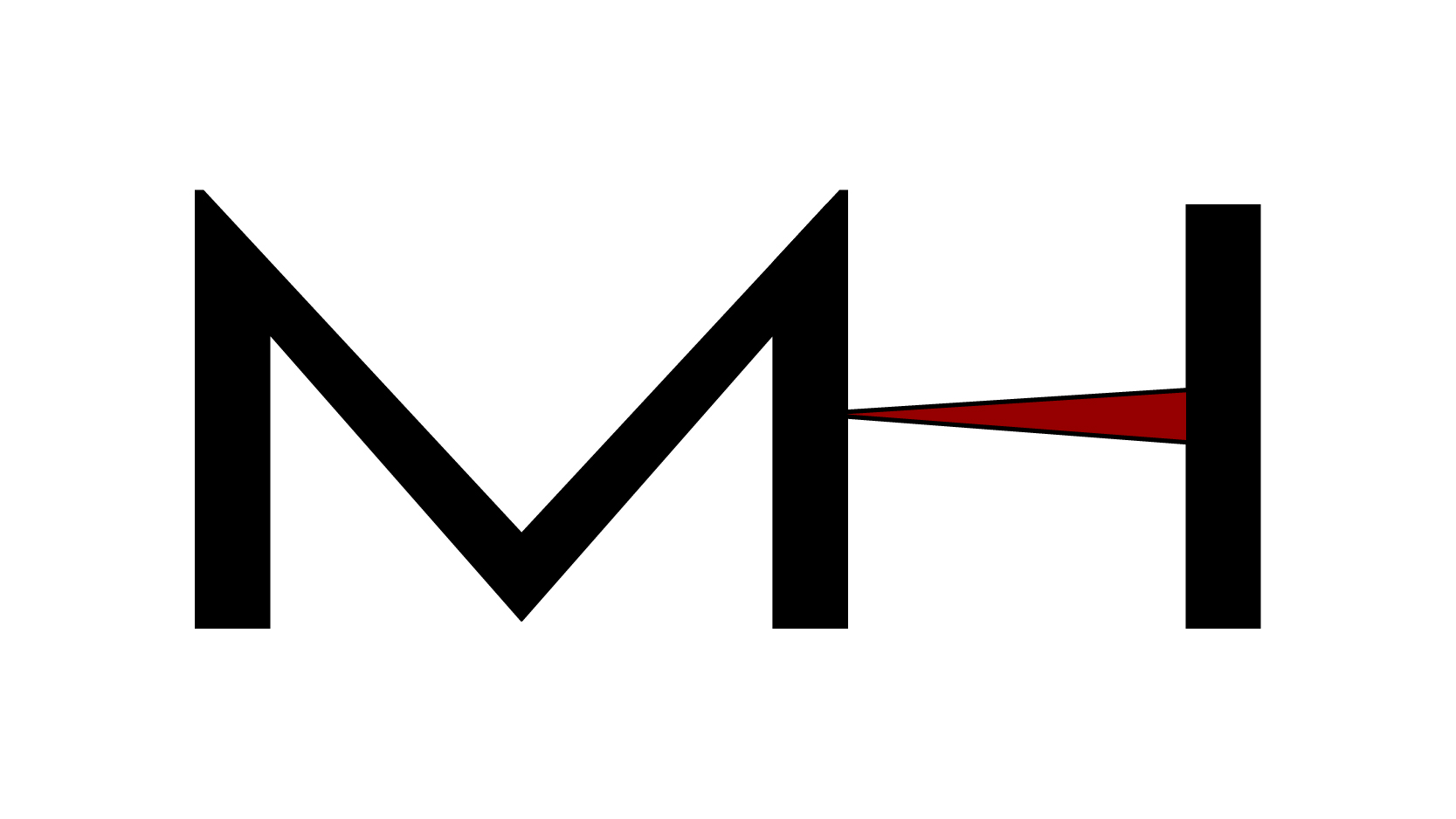Erectile dysfunction (ED) is an inability to achieve and/or maintain an erection of adequate rigidity during sexual intercourse (Reisner & Reisner, 2017). The incidence of ED is on an increase, and is estimated to affect approximately 322 million men globally by the year 2025 (Eleazu, 2017). However, there are nutritional and lifestyle interventions that may […]
Read More- 0 Comments
- BLOG Immune / Lymphatic Reproductive
Curcumin is a polyphenol, which is found from the plant Curcuma longa. The colloquial name for curcumin is turmeric (Adahoun, Al-Akhras, Jaafar, & Bououdina, 2015). Over the past 50 years, considerable research has been performed on turmeric exploring its influence upon health, prevention of disease, as well as its therapeutic affects as an anti-tumor, anti-oxidant, […]
Read More- 0 Comments
- BLOG Hormones / Endocrine Reproductive
Polycystic ovarian syndrome (PCOS) is an endocrine disorder among women in which 10% of the population is affected within the United States (Reisner & Reisner, 2017). PCOS is often diagnosed among females between 20-40 years of age, and is a prominent cause of anovulatory (no oocytes released during menstruation) infertility. PCOS is characterized by enlarged […]
Read More- 0 Comments
- BLOG Hormones / Endocrine Immune / Lymphatic Reproductive
Dysmenorrhea is defined as painful menstruation and is characterized by two types: primary dysmenorrhea characterized by no disease (PD) and secondary dysmenorrhea (SD), which is characterized by diseased organs within the pelvic regions (Reisner & Reisner, 2017). The following sections will explore dysmenorrhea in greater detail, in addition to nutritional interventions to help attenuate pain […]
Read More- 0 Comments
- BLOG Body Fat / Skin Cardiovascular / Circulatory Detoxification / Toxins Digestive Hormones / Endocrine Immune / Lymphatic Muscular Neurological / Psychological Reproductive Respiratory Skeletal Urinary / Renal
In my last post, I covered a brief history of Scotland and how they circumvented vitamin D deficiencies. The intent of providing a brief history of the Scots and vitamin D intake was to show the complex interplay of environment, physiology, cultural proclivities, and economics on the effects of health. It was also my intent […]
Read More